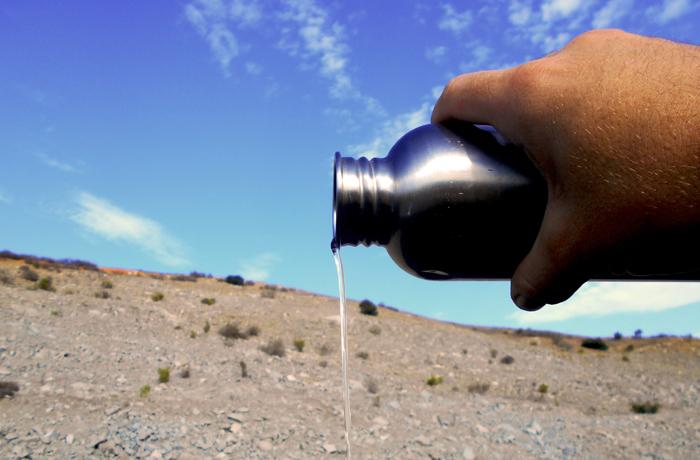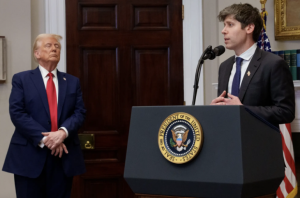Experts explore psychology of water conservation
How you can help solve the water crisis
September 29, 2015
Dr. Lee Brown and panelists Dr. P. Wesley Schultz, Jeffrey Pasek and Dr. Robert Brown spoke at the Psychology of Water Forum in order to shed light on the issues surrounding California’s current water crisis from a cognitive perspective on Sept. 9.
Lee opened the forum with the topic of whether or not the human connection to water is generic or learned due to the fact that humans depend on water for a lot of things, such as staying hydrated, agriculture, waste disposal and food production.
Lee continued by pointing out that aside from everyday usage, water is also glorified from a cultural and religious viewpoint because some denominations believe that water contains a level of holiness, which in turn amplifies the importance of it, making it sacred.
Because of water’s popularity and many uses, this affects individual’s attitudes today in regards to the future of water policy.
Schultz spoke after Lee with an emphasis on how water is used and the behavioral aspects of it. Schultz said that if people were to adjust their water consumption, that it is critical to inquire how water is being used, look at the behavioral outlook and transform these actions.
“If you look at California, 39 percent is residential, 28 percent is agriculture and 33 percent is industry,” said Schultz. While solely looking at San Diego County, 60 percent is residential, 17 percent is agricultural and 23 percent is industry.
As of 2008 in San Diego, 55 percent of water is used for landscaping, 12 percent to toilets and washing clothes, 8 percent goes towards showers and faucet usage, 3 percent to leaks and 1 percent to dishwashing and miscellaneous.
“We want people to use less, which is essentially the definition of conservation. I’m going to argue that conservation means behavior; doing something different or engaging in behaviors differently,” said Schultz, regarding what water conservation is traditionally known to be.
Collectively, San Diegans can reduce water depletion by doing simple acts such as turning off their water on their lawns and letting the yellow be mellow, as Lee suggested.
Pasek then introduced Pure Water San Diego’s efforts towards the idea of toilet to tap. Pure Water San Diego is a program that creates cost effective water supply. This idea is an innovative way to conserve water by essentially taking recycled water and purifying it for human consumption.
Currently, 80 percent of San Diego’s water is imported, 16 percent is surface water, 4 percent is recycled water and 0.2 percent is groundwater.
“What we have now is a one way water system, we take water from hundreds of miles away, we use it once, we put it into the wastewater system and we send it off to the ocean. This program will provide us with drought-proof sources,” said Pasek.
Overall, Lee, the panelists and people in the water industry are striving to make the world a sustainable place while handling the crisis with an inventive, psychological way of thinking.
“Next time you drink a glass of water or take a shower or dip in the ocean, think about what that really means to you, where did it come from, and enjoy it while you can,” said Lee.







